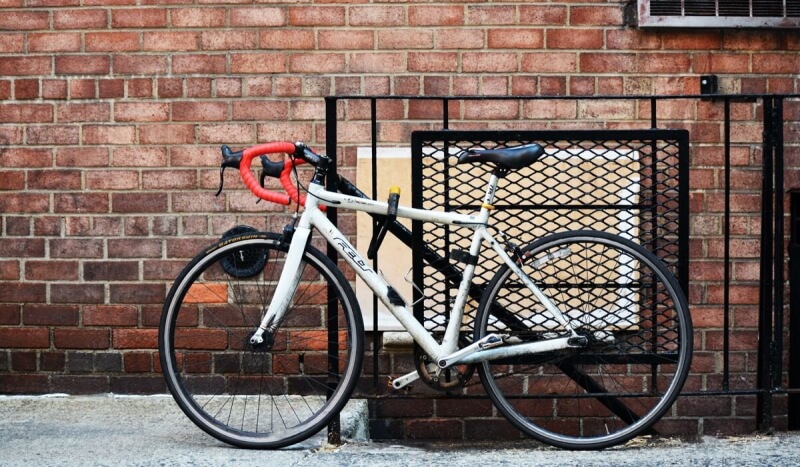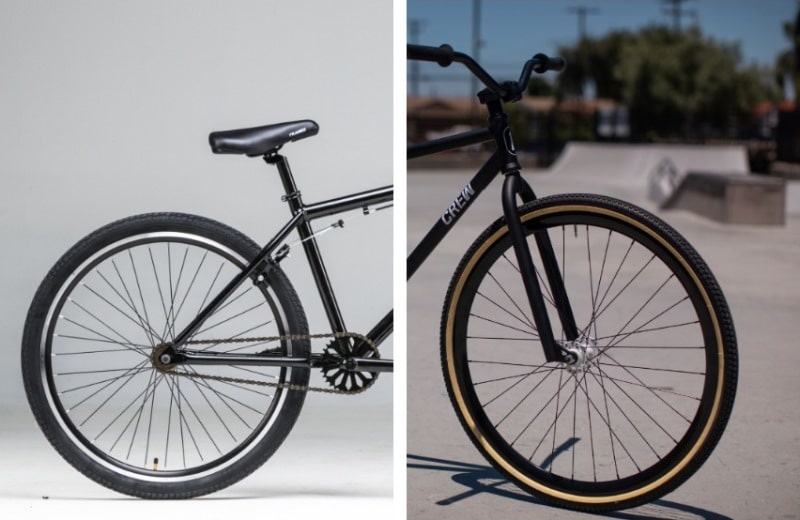- Trails
-
Bikes
-
Gear
-
Tips & Tricks
-
About us



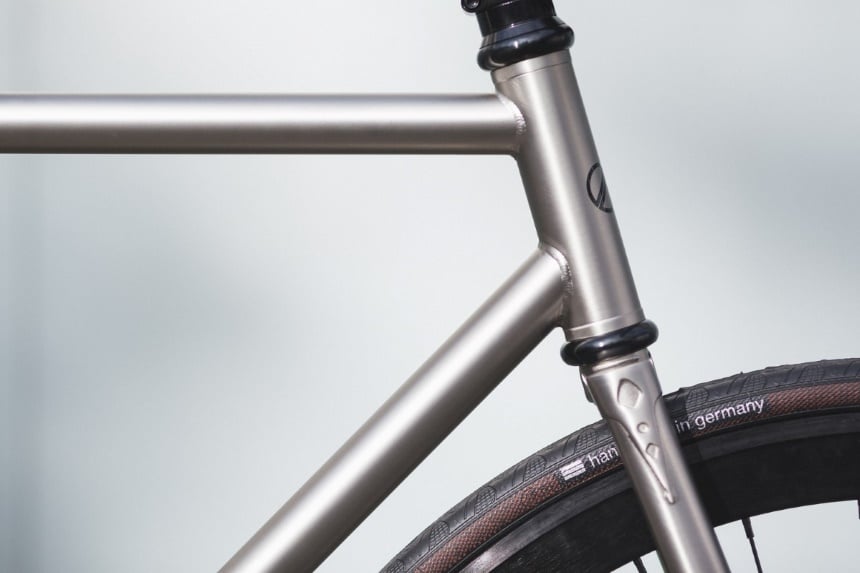 There are two types of steels used in the manufacture of bicycle frames,
There are two types of steels used in the manufacture of bicycle frames, 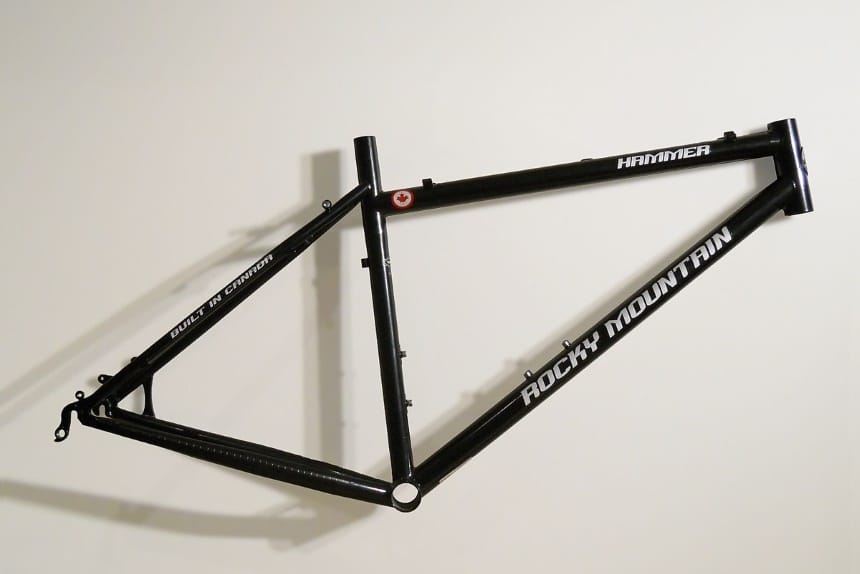 Aluminum is the most used material after steel, but it is the most abundant in mid-range bicycles. The handling of this metal has been made in such a way that it is possible to achieve specific properties in the frames by varying the sections and thicknesses of the pipe. Aluminum is lighter than steel, is more flexible, and it is much more resistant to corrosion.
Aluminum is the most used material after steel, but it is the most abundant in mid-range bicycles. The handling of this metal has been made in such a way that it is possible to achieve specific properties in the frames by varying the sections and thicknesses of the pipe. Aluminum is lighter than steel, is more flexible, and it is much more resistant to corrosion.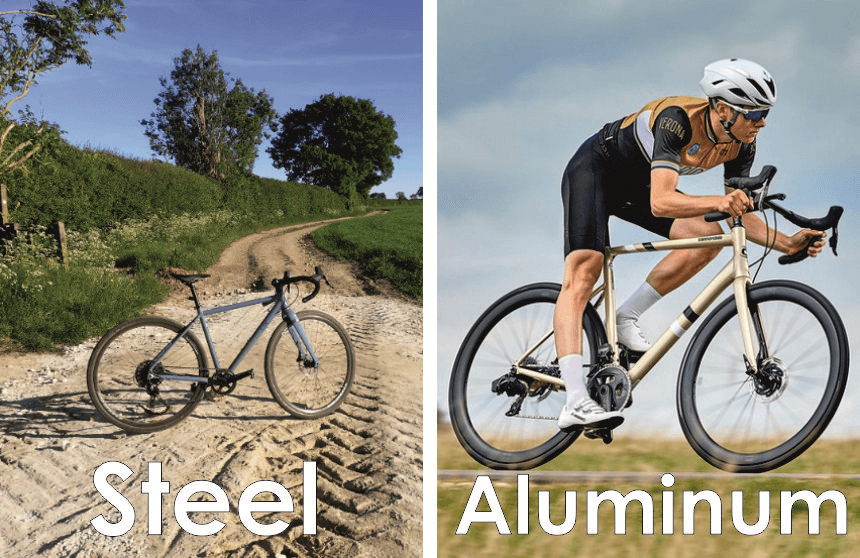 Steel is more comfortable to use and resistant to traction. Another indisputable advantage of steel, which makes it very attractive when traveling on a bicycle is that it can withstand quite a considerable additional weight.
Steel is more comfortable to use and resistant to traction. Another indisputable advantage of steel, which makes it very attractive when traveling on a bicycle is that it can withstand quite a considerable additional weight. Talking about
Talking about 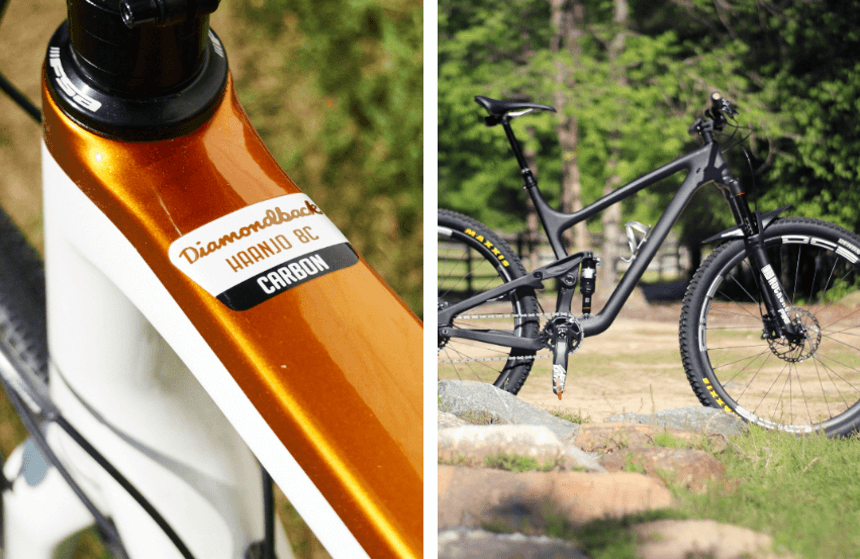 Carbon frames, as you can see in the availability chart provided in the last session, have been accessible to a wider audience and (reasonably) affordable since around the turn of the millennium. Carbon is an artificial material. It consists of carbon fibers that are connected in a special resin.
Carbon frames, as you can see in the availability chart provided in the last session, have been accessible to a wider audience and (reasonably) affordable since around the turn of the millennium. Carbon is an artificial material. It consists of carbon fibers that are connected in a special resin.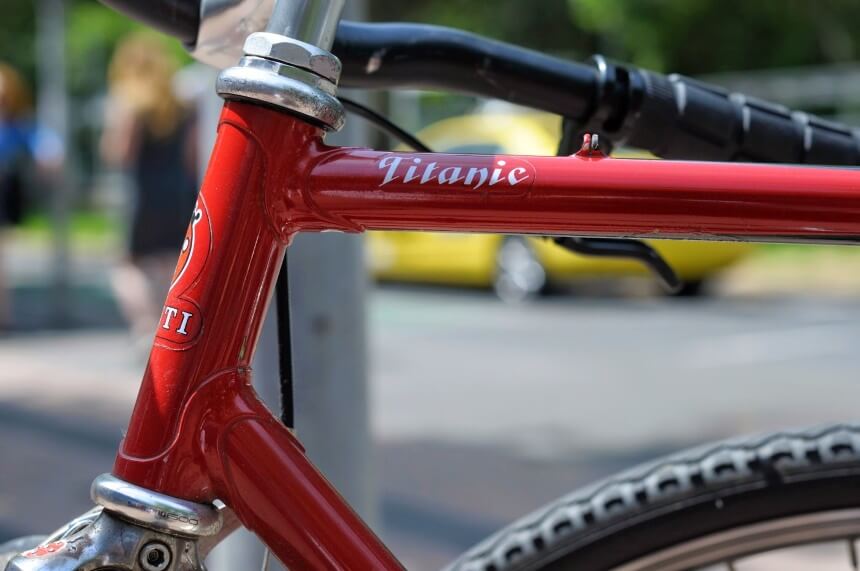 As with the other three metals, the titanium used to build the frame is an alloy. With its properties, titanium has, so to speak, the best of the four worlds presented. It’s light like aluminum, flexible and resistant like steel. When it comes to rigidity, it’s somewhere between steel and aluminum. That sounds like the optimal material for most purposes.
As with the other three metals, the titanium used to build the frame is an alloy. With its properties, titanium has, so to speak, the best of the four worlds presented. It’s light like aluminum, flexible and resistant like steel. When it comes to rigidity, it’s somewhere between steel and aluminum. That sounds like the optimal material for most purposes.




